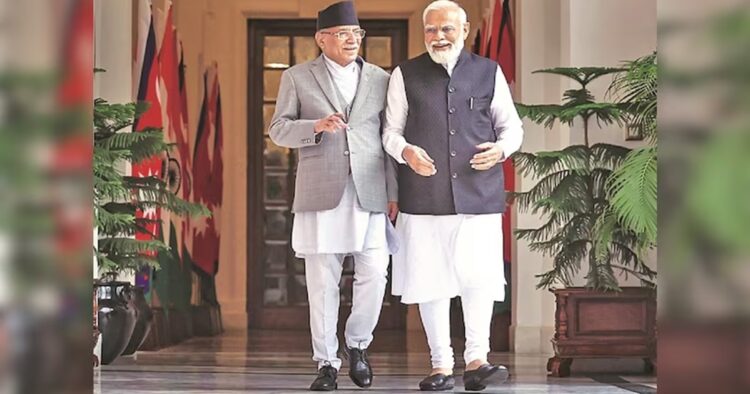In a significant move aimed at enhancing financial connectivity between Bharat and Nepal, the Reserve Bank of India (RBI) recently introduced new guidelines permitting multiple financial services between the two nations. Nepal’s Ambassador to Bharat, Shankar Sharma, praised these updated regulations, emphasizing their potential to streamline financial transactions and bolster economic ties.
Under the revised guidelines, Nepal citizens can now send up to Rs 2 lakh per transaction to Nepal, marking a substantial increase from previous limits. Additionally, walk-in customers can remit up to Rs 50,000 per transaction, facilitating smoother cross-border transactions for individuals. Ambassador Sharma highlighted the convenience and efficiency these measures bring, particularly for Nepali account holders and walk-in customers, who will benefit from simplified remittance procedures.
Furthermore, Ambassador Sharma underscored the imminent inauguration of the Unified Payment Interface-Nepal Clearing House Ltd (UPI-NCHL), slated to further enhance the financial landscape between the two countries. This innovative platform aims to eliminate the inconvenience of carrying cash by facilitating seamless digital transactions, aligning with the modernization efforts in financial services.
The groundwork for enhanced financial connectivity between Bharat and Nepal was laid down during the visit of Nepal’s Prime Minister Pushpa Kamal Dahal to India, where a memorandum of understanding (MoU) was exchanged between NPCI International Payments Limited (NIPL) and Nepal Clearing House Limited (NCHL). This partnership seeks to establish cross-border connectivity for financial transactions, easing fund transfers and merchant payments between the two nations.
In June 2023, NIPL and NCHL collaborated to integrate the Unified Payments Interface (UPI) of Bharat and the National Payments Interface (NPI) of Nepal, paving the way for seamless digital payments. The integration of existing instruments for cross-border transactions will initially focus on inward and outward transfers between banks in Bharat and Nepal, with plans for expansion to other merchant payments in the future.
Notably, NCHL, designated by the Nepal government, holds a significant stake in this initiative, with 10% investment from Nepal Rastra Bank and 90% from various commercial banks. This underscores the commitment of both governments and financial institutions to foster greater financial integration and facilitate smoother cross-border transactions, ultimately benefiting businesses and individuals in both Bharat and Nepal. With the impending launch of the digital payment gateway, expectations are high for a transformative impact on bilateral trade and economic cooperation between the two neighboring nations.

















Comments